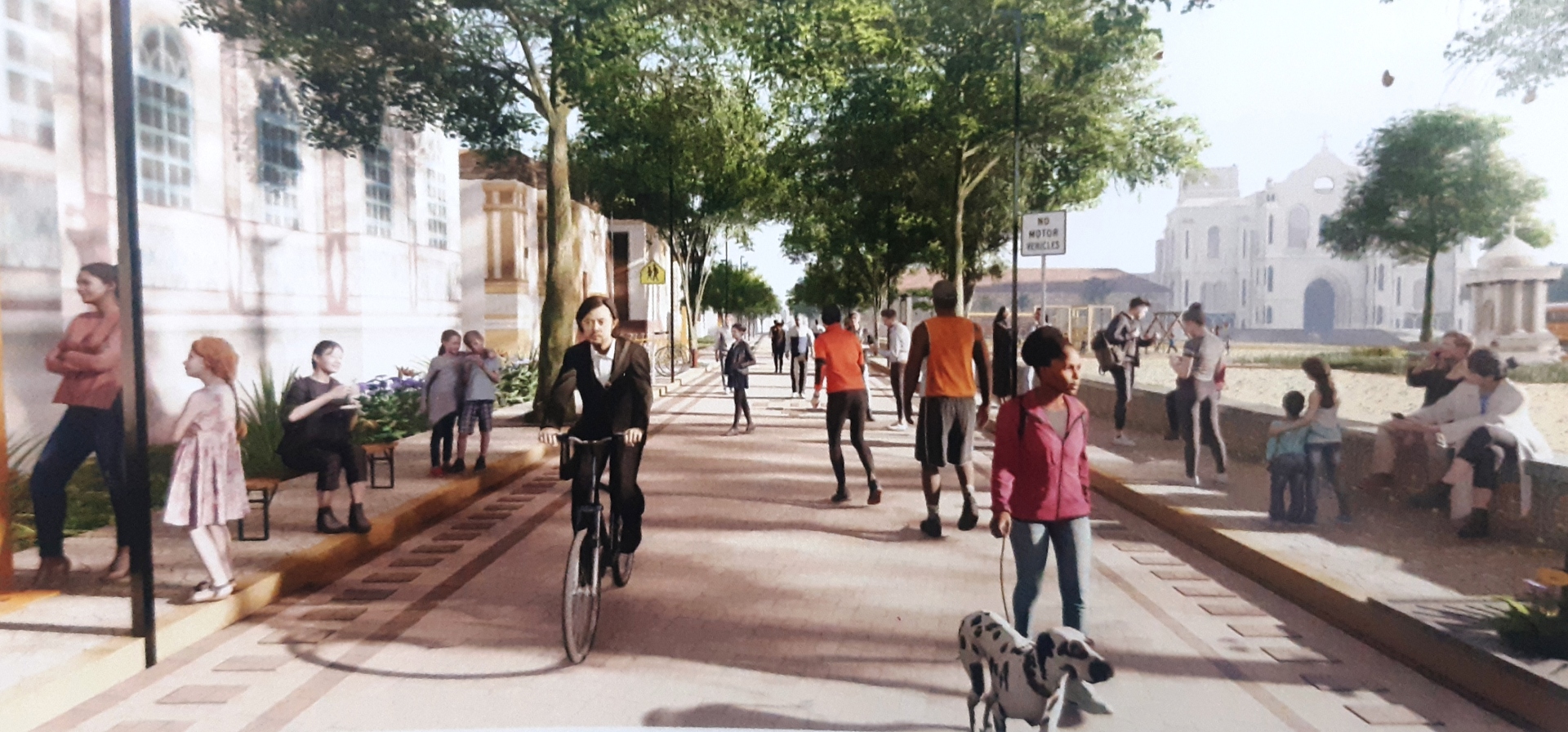Citizens insist on their views be taken on board before implementation of the plan

Heritage Street Proposed in the Master plan 2041.
MARGAO
What’s this bio-diversity Park proposed in the Master Plan 2041 for Margao at Borda to serve as both a sponge park and a city park; how is the government intending to develop the stretch of the river Sal in GSUDA plot along the NH66 as a Sal Riverfront pilot; what’s this new economic district proposed in the South of Margao; how will the government go about creating programmed open spaces all along the Sal River, featuring promenades, pavilions and leisure spaces.
That’s not all. Citizens may want to know how the plan would go about regeneration of the Holy Spirit Church Area through Pedestrianization & streetscape design.
These and many other questions have come to the fore as the draft Master Plan 2041 for Margao has mooted a host of proposals in a bid to address the issues plaguing the commercial capital, right from traffic and parking to the development of plots for commercial development and creation of the south of Margao as a new economic district.
Indeed, if citizens are seeking answers to the unanswered questions, their request may not be entirely misplaced considering the fact that a lay man and common man may not understand the intricacies of the plan, expected to have a bearing on the city over the next couple of decades.
That’s not all. With the Master Plan proposing a host of changes across the city, right from the North of Margao (Fatorda) area down to the city centre (around the MMC garden and markets) and the South of Margao, proposed to be developed into an economic district, the authorities may have to answer a simple question – why the consultant should not hold the power point presentations at all the three zones affecting several Municipal wards for the benefit of the common man, in the interest of transparency and fair play?
As already highlighted by The Goan, the Master plan has also proposed commercial exploitation of the Goa State Urban Development Agency (GSUDA) plots which were acquired in the commercial capital around two decades ago.
The GSUDA-appointed consultant has maintained that the projects identified in the Plan stems from the integration of the overall strategies proposed in Margao. “These projects have been identified based on the stakeholder engagements and immediate needs based on the analysis of the issues and opportunities. These priority projects are mostly concentrated along the NH66 as it is the most significant corridor in the city. The projects address several factors such as mobility, flood residence, activation of the public realm and economic development”, the consultant stated.
Citizens, however, are insisting on taking the people on board before implementation of the plan.
Says city-based architect, Carlos Gracias: “The Master Plan is still not in public domain to find out what
has been proposed for the city. We have no idea what the plan is all about. When the consultant arranged a presentation at a city hotel, we were not allowed entry on the plea that the presentation is for invitees only. In the fitness of things, the Master plan should be immediately kept in public domain”.